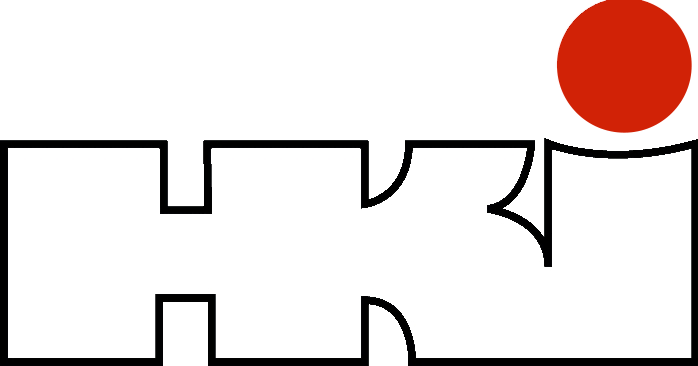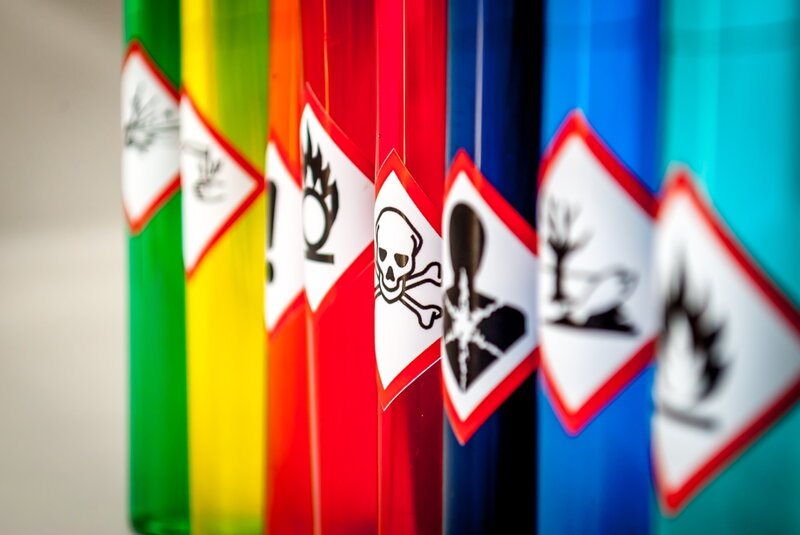The REACH Regulation (EC) 1907/2006 is the European Chemicals Regulation for the Registration, Evaluation, Authorisation and Restriction of Chemicals and regulates the framework conditions for the ingredients of products in the EU Member States. Under REACH, chemical substances are evaluated with regard to their hazard potential, individual uses of substances are restricted or all uses are prohibited unless an authorisation has been granted for a specific use. Almost all industrial supply chains in Europe are affected by the REACH Regulation. The HKI supports its members with up-to-date information on chemical evaluations as well as resulting restriction projects and represents their interests at national and European level.
The RoHS Directive 2011/65/EU restricts the use of certain hazardous substances in electrical and electronic equipment so that as few environmentally hazardous substances as possible are contained in electronic waste. In Germany, the RoHS Directive is implemented by the ElektroStoffVerordnung (ElektrostoffV). So far, the RoHS Directive restricts the use of ten hazardous substances (lead, mercury, cadmium, hexavalent chromium, polybrominated biphenyls (PBB), polybrominated diphenyl ether (PBDE), di(2-ethylhexyl) phthalate (DEHP), butyl benzyl phthalate (BBP), dibutyl phthalate (DBP), diisobutyl phthalate (DIBP). The EU Commission is already planning to expand the list of hazardous substances. In order to ensure that the electrical and electronic products do not contain more than the permitted quantity of hazardous substances, the manufacturer must draw up a CE declaration of conformity. The HKI supports its members with up-to-date information on the substance bans and represents their interests at national and European level.

